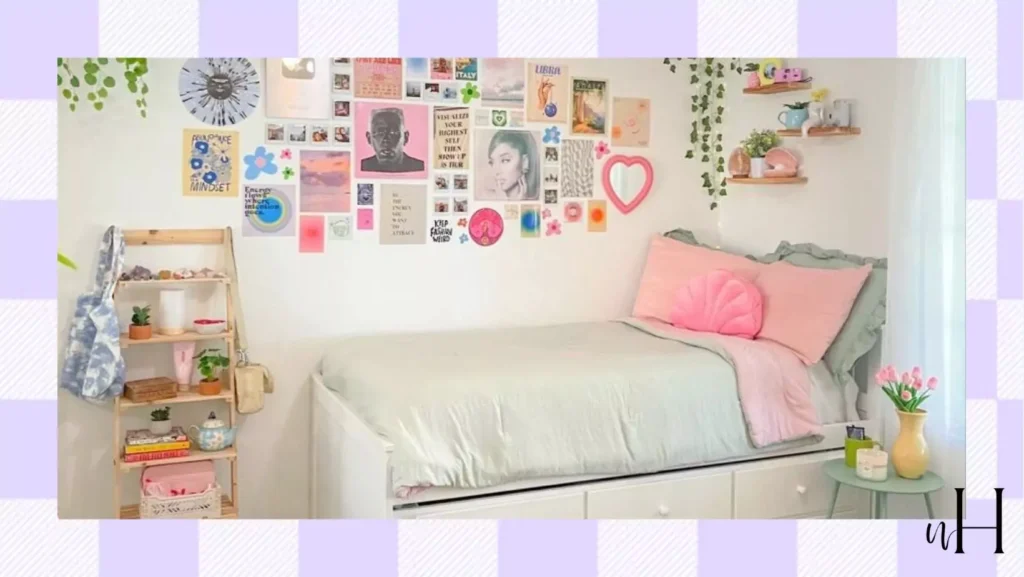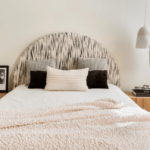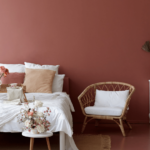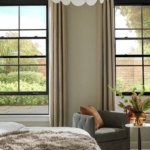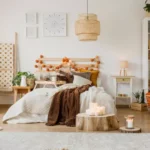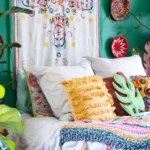Do you find yourself scrolling through Pinterest or Instagram, gazing at photos of beautifully curated rooms and wondering, “How can I achieve this aesthetic look?” The contrast between an aesthetic room vs ordinary room is more than just the decor. It’s about creating a personalized, creative, and harmonious space that reflects your personality, while an ordinary room often leaves a sense of “something is missing.”
This post will let you know the key differences and how you can turn your ordinary space into an aesthetic haven with actionable tips and expert insights. Whether you’re on a budget or ready to splurge, there’s something here for everyone.
What Makes a Room Aesthetic?
First things first—what exactly is an “aesthetic room”? Is it all about expensive furniture and designer pieces? Not at all! An aesthetic room is defined by its cohesive design, thoughtful decor, and the way it evokes a sense of comfort and creativity.
According to interior designer Kelly Hoppen, “Aesthetic rooms balance form and function intricately—they feel good to live in, and equally important, they look incredible.”
Key Features of an Aesthetic Room
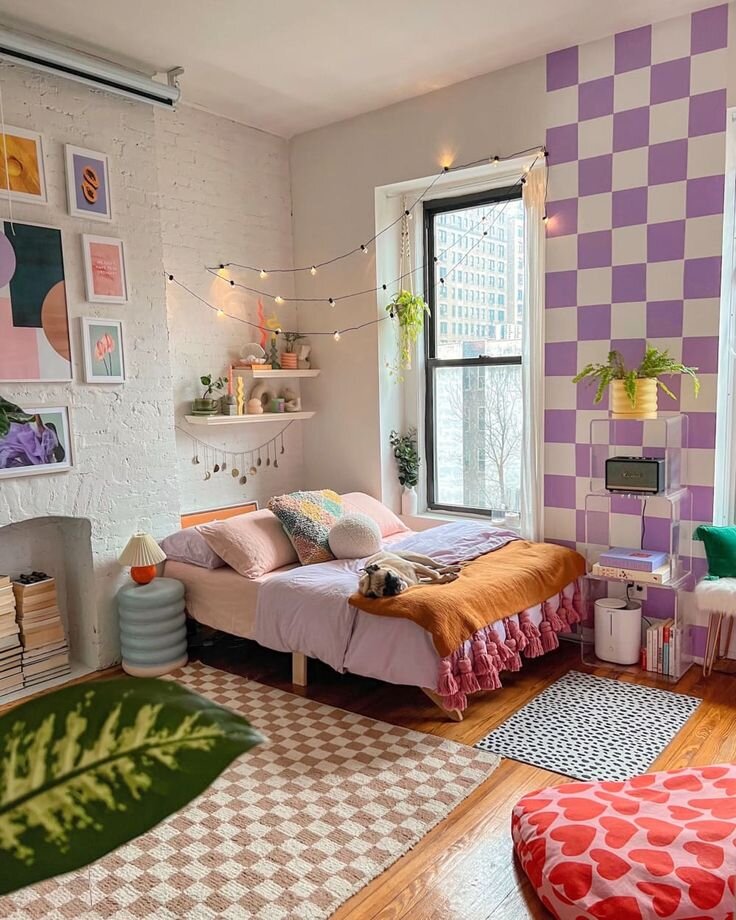
- Cohesive Color Palette
Ever wonder why those cozy neutral rooms on Pinterest feel so calming and inviting? The secret lies in a cohesive color palette. Aesthetic rooms often rely on a mix of soft, neutral tones—such as beige, white, gray, or muted pastels—which create a sense of balance and serenity. These soothing shades act as a foundation, making the space feel open and harmonious.
To keep things interesting, many designs incorporate minimal pops of brighter colors, like a bold throw pillow or a vibrant piece of artwork, adding just enough personality without overwhelming the calm atmosphere. It’s all about creating a space that feels both stylish and relaxing.
- Layered Textures and Materials
From fluffy rugs to velvet pillows, combining different textures like wood, metal, or wool adds depth and interest to the space. The contrast between soft fabrics and hard materials creates a balanced look, while layering textures can make a room feel cozier and more inviting. Whether it’s a sleek metal table paired with a chunky knit throw or a rustic wooden bench topped with plush cushions, mixing textures brings personality and warmth to any space.
- Personal Touches Unique to You
Polaroid walls, fairy lights, your favorite books displayed neatly—these are the details that make a room uniquely yours.
- Functional Yet Beautiful Furniture
An aesthetic room doesn’t just look pretty; it’s a harmonious blend of style and functionality. Every piece of furniture is carefully chosen not only to enhance the room’s visual appeal but also to serve a practical purpose. From sleek storage solutions to cozy, well-placed seating, every detail is thoughtfully designed to create a balanced and inviting space.
Ask yourself this question as you decorate, “Does this piece add to the look AND the function of my room?” If it’s a yes to both, you’re on the right track.
Aesthetic Room vs Ordinary Room
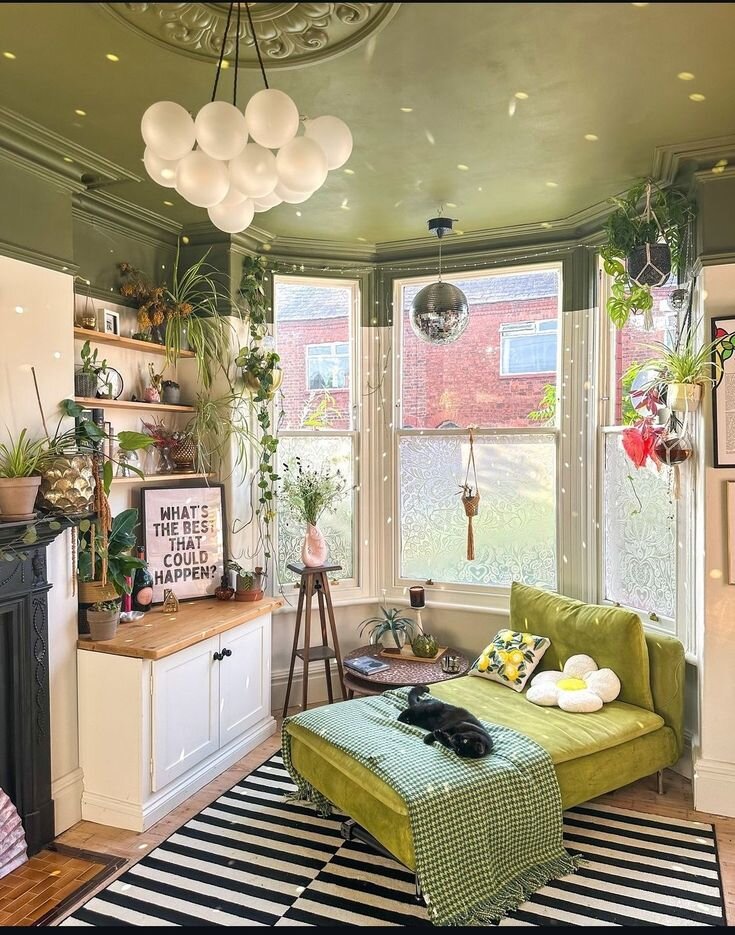
An ordinary room often lacks the careful thought that goes into design. You may find mismatched furniture, random clutter, or decor that doesn’t quite flow together. It’s not that the room doesn’t function—it just doesn’t evoke a sense of “Wow, I love being in here!”
Signs Your Room Is Ordinary
- No consistent theme or color palette
- Lack of decor or mismatched decor pieces
- Overloaded with clutter or unused items
- Utilitarian furniture with no design considerations
But don’t worry! Even the most boring room can be transformed—and it’s easier than you think.
Step-by-Step Guide To Transform Your Room
Now, here’s the exciting part—turning your ordinary room into an aesthetic masterpiece. Follow these six actionable steps to get started.
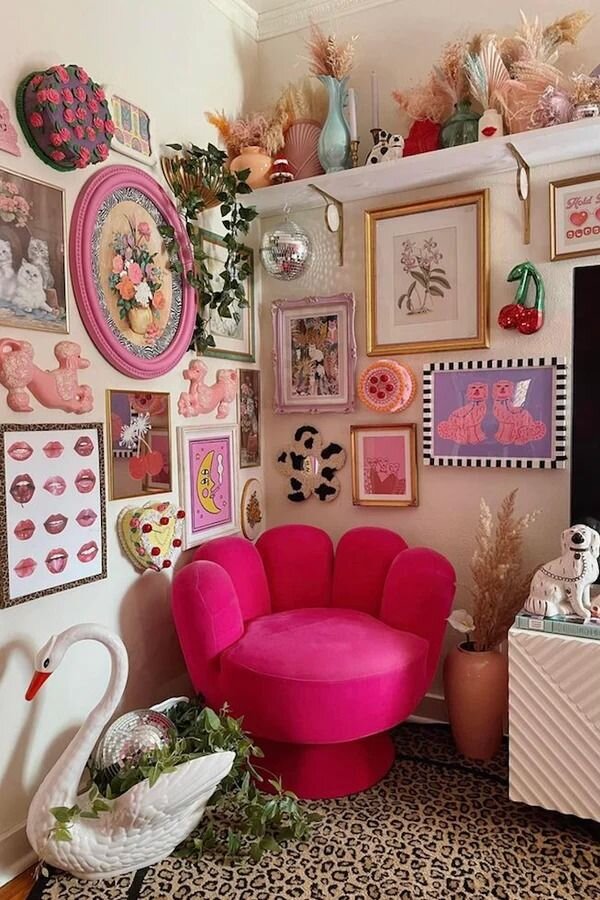
1. Choose Your Aesthetic and Stick to It
The first step to creating an aesthetic room is deciding on your aesthetic. Are you drawn to warm boho vibes, minimalist Scandi designs, or perhaps a bold eclectic look?
Pro tip: Choose a few inspirational photos from Pinterest or Instagram, and identify the recurring themes in color, furniture, and decor.
“But what if I like more than one style?” That’s totally fine. You can create a blended aesthetic, but stick to a cohesive color palette to avoid visual clutter.
2. Craft a Color Palette
Once you’ve nailed down your style, choose two to three dominant colors for the room along with one or two accents. This palette will guide you in selecting everything from bedding to wall decorations.
For example, minimalist aesthetics often feature white, gray, and black, with the occasional plant green or blush pink as an accent.
Expert advice from home design coach Myquillyn Smith suggests, “When choosing colors, think of your room as a three-piece outfit. You want a main piece, secondary complement, and a splash of something special.”
3. Declutter and Organize
Clutter is often what makes rooms feel ordinary. Dedicate time to sorting through your belongings. Ask yourself:
- Do I use this?
- Does it bring me joy?
- Does it align with my aesthetic?
Once you purge items, organize the ones you’re keeping with storage solutions that blend with your design, like rattan baskets or sleek white organizers.
4. Invest in Decor That Speaks
Decor is where the magic happens. Add personality to your space with unique accents like framed artwork, fairy lights, mirrors, plants, or throw pillows.
Got question—“Do I have to spend a fortune on decor?” Not at all. Check out affordable stores like IKEA, Target, or vintage shops for amazing finds.
5. Play With Lighting
Lighting has the power to instantly transform a room. Aesthetic rooms use a mix of natural and soft artificial lighting to create the right ambiance.
Some popular suggestions:
- String lights for cozy vibes.
- LED strip lights to highlight hidden areas like under a bed or desk.
- Warm white bulbs for a softer atmosphere.
Fun fact: Interior designer Bobby Berk says, “Lighting is one of the easiest ways to impact the emotion of a space.”
6. Add Greenery
Plants are the unsung heroes of any aesthetic space. They not only add a pop of color but also breathe life into your room.
Don’t have a green thumb? No worries! Low-maintenance options like snake plants, pothos, or even faux greenery work wonders.
Random FAQ
Do aesthetic rooms have to be minimal?
Not at all! While minimalism is a common choice, aesthetic rooms can lean toward maximalist styles. The key is intentional design.
What’s one quick fix for my room tonight?
Swap out your standard bedsheets for a new duvet in your color palette. Instant upgrade!
Do I need to repaint my walls for an aesthetic room?
You don’t need to paint! Peel-and-stick wallpapers are an easy, mess-free option.

